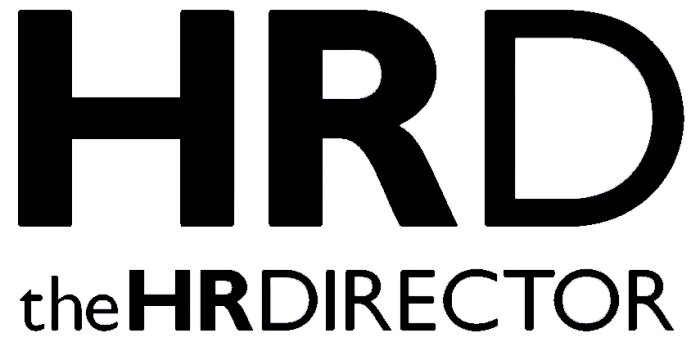theHRDIRECTOR – Latest Synopsis
PLEASE PITCH YOUR TENDERS VIA OUR ONLINE SUBMISSION PORTAL 12th July 2025.
Independence is our strength – covering the issues that directly impact on those with the duty of directing human resources
ISSUE 252 – Synopsis – October 2025
Hyper-Personalisation
Expectations are mounting and employers are now judged from the first interaction with potential talent, right through the entire employee cycle to exit. HR must check on how that works and what feels right to meet the rising bar of employee experience. Enter hyper-personalisation, a strategic shift that moves beyond basic segmentation to treating employees as true individuals, with unique needs, values and aspirations. Driven by data, AI and a growing demand for authenticity, hyper-personalisation borrows from customer experience thinking and applies it to the workplace. It’s about creating bespoke journeys – from recruitment and onboarding, to learning, career development, wellbeing and even exit – and it is the safe combination to unlock engagement, loyalty and performance. But when ignored, it can cost organisations dearly, in both talent and reputation. For senior HR & People leaders, this raises critical considerations – firstly, is people data being used in a way that drives meaningful personalisation or are systems still rooted in generic job families and outdated personas? Secondly, does the organisation have the digital infrastructure and cultural readiness to support a tailored approach at scale? Importantly too, it’s not just about being wed to technology, hyper-personalisation demands ethical data stewardship, inclusive design and human-led interpretation. Employees must feel seen, not scrutinised and under surveillance and that means understanding individual motivators, lived experiences and future potential, not just current performance or tenure. Moreover, it challenges how we define fairness. Uniformity is often mistaken for equity, but fairness in this new paradigm may look more like flexibility – offering what each person needs rather than what everyone receives. That calls for courageous leadership, strong people analytics and rethinking traditional HR norms. As the HR profession navigates this shift, there is a growing appetite for practical insight, but how do we embed hyper-personalisation into talent attraction strategies? What does it mean for employer branding, workforce planning and leadership development? How do we balance individualisation with cohesion and culture?
Managing multicultural and religious workforces
Workforces are becoming more culturally and religiously diverse than ever before, a trend accelerated by globalisation, remote work and shifting migration patterns. For senior HR leaders, this presents both a challenge and an enormous opportunity – how do we create inclusive environments that respect individual identities, while maintaining cohesion and shared purpose? Managing a multicultural and multi-faith workforce is about more than calendar awareness or dietary accommodations. It requires a strategic and sensitive approach to policy, communication, leadership and organisational culture. From prayer spaces to dress codes, from holiday observances to conflict resolution, these complexities touch every corner of the employee experience. The potential in diversity is significant too, as diverse teams bring broader perspectives, greater innovation and richer decision-making. Research shows that culturally inclusive organisations outperform their peers in engagement, retention and brand reputation. But realising those potential demands requires authentic intention and care. For senior HR professionals, key questions arise: Are policies and practices designed with cultural and religious inclusion in mind or are they built around implicit norms that exclude by default? Are line managers equipped with the knowledge and confidence to lead diverse teams sensitively, without fear of making mistakes that just widen gaps? Does the organisation have mechanisms to listen to and learn from underrepresented voices and act on what it hears? There are also legal and ethical considerations, where navigating religious accommodations, bias claims and cross-border employment norms requires up-to-date knowledge and well-trained HR practitioners. But even more than compliance, it is about building trust. Authentic inclusion goes beyond ticking boxes, it shows up in how employees feel at work every day. This is not easy work, cultural intelligence, interfaith literacy and inclusive leadership are becoming essential skills at every level of the organisation. HR must lead the way, not just as policymakers, but as role models and educators. In this issue, we are aiming to explore the practicalities, tensions and potentials in managing multicultural and religiously diverse teams. Politically and socially, there is a hardening of attitudes, which has the potential to cause divides and mistrust. So, how do we move from passive tolerance to active inclusion? How do we build workplaces where everyone feels they belong, without asking anyone to leave their identity at the door?
Business growth and diversification
Business growth and diversification are exciting signs of success – new markets, new products and new customers – but behind the headlines and commercial strategy lies a more complex reality, the human dynamics of scaling. This is where opportunity meets pressure, particularly when growth is not just about bigger, it’s about different. Change can stretch and test people, culture and leadership to breaking point. But as organisations evolve, so too must their people strategies and structures that once worked may no longer fit. For many firms, start-up mindsets may clash with the rigour of scale and informal cultures may struggle to absorb new teams, geographies or skillsets. Leaders are often caught between running the existing business and building the next phase, all while keeping people engaged, aligned and motivated. Inevitably, the challenges are both strategic and operational, so how can the culture that made a business vibrant and dynamic be maintained, when everything is changing, consolidating, formalising and maturing? How can HR leaders successfully evolve people to meet change and new realities? Are people systems – from performance management to succession planning – agile enough to grow with the business? How do you prevent burnout and retain key talent during periods of intense change? Growth often brings complexity – new business units, acquisitions and international expansion – which introduce fresh dynamics around integration, governance and capability building. In fast-moving and mercurial times, HR must manage the tension between consistency and flexibility, knowing when to standardise and when to localise. In such dynamic circumstances, leadership becomes even more critical – legacy leaders may need support to transition from entrepreneurial doers to strategic enablers – and new leaders brought in to marshal the next stages, must be onboarded and aligned quickly, whilst the right leadership behaviours must be role-modelled and scaled fast across the board. As always, culture is key and as companies diversify, maintaining a cohesive culture that still feels authentic becomes harder and misalignment, silos and values drift can emerge quickly if not proactively managed. In this issue, we are looking for the answers to supporting the human side of business growth, how to navigate the highs and lows of expansion. How to scale without losing soul and curiosity. We will be looking to analyse the people challenges that emerge as organisations diversify and how potential roadblocks can be anticipated and avoided. We will be interrogating the hard lessons where fast growth, M&As or international rollouts have tested the rigour of even the most robust businesses. If you have a perspective to share, we want to hear from you. Send in your scopes for articles that will help guide HR leaders through the people side of growth.
Employer brand
Employer brand matters more than ever in the new age of people management, where attitudes to work and careers have shifted dramatically. People are no longer just looking for jobs, they are seeking purpose, flexibility, growth and authenticity. The balance of power has changed and so too has the employer-employee relationship. In this new age of work, a strong employer brand is not a “nice to have”, it’s a critical strategic asset. For senior HR & People leaders, this presents both challenge and opportunity, as talent and skills are in high demand and the best people have more choice, higher expectations and a sharper lens for scrutiny. Candidates today are researching, not just what a company does, but how it behaves and how it treats its people, acts on its values and adapts to change. An employer brand is no longer just a recruitment tool, it is a reflection of the lived employee experience and it spans every touchpoint, from job ads and onboarding, to internal culture, leadership visibility and even how exits are handled. A disconnect between brand promise and employee reality can erode trust faster than ever. The key issues for HR leaders to consider are, is EVP and employer brand still fit-for-purpose in a changed world of work? Many were built pre-2020 and don’t reflect new expectations around flexibility, wellbeing, inclusion or sustainability. Crucially, there needs to be an honest appraisal, as to whether the employer brand is truly employee-led, as employees are the most trusted voice in the talent marketplace and, if they do not see alignment and are not sharing positive stories – or worse are sharing negative ones – the impact is immediate and far-reaching. So, whether the employer brand aligns with corporate brand and purpose has never been more important, as candidates and consumers increasingly want consistency and integrity across both. Therefore, measuring brand perception and using that data to evolve is paramount, because employer branding is not a static campaign, it requires regular listening, honest reflection and action. Workforces must not be dominated by, for example, ‘white Christian men’ in the Western hemisphere, making decisions behind closed doors, for the multiplex of diversity that exists in workforces. As with all of the subjects for this issue, we are seeking article pitches that explore how organisations are rethinking and rebuilding employer brand in response to shifting talent dynamics. We’re keen to hear about how to design new frameworks and bold ideas that challenge conventional, tried-and-trusted formulas and we will be looking at the recipe for creating authentic, resonant employer brands that reflect the real employee experience and inspire the next generation of talent.
As with all of our subjects in issue 251, we welcome your expert knowledge and ideas for potential articles, to shine a light on the future challenges and opportunities that our readership faces in 2025.
Please post them on our Editorial Portal.
Please click here to submit your article for our flagship publication.
If you would like to be added to our Monthly Synopsis Mailing List, please CLICK HERE

